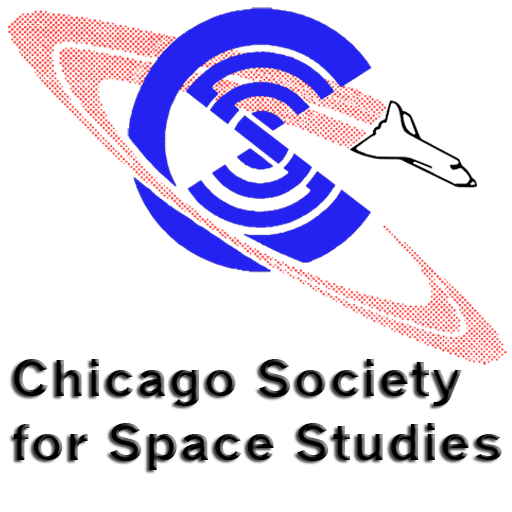Story by Jim Kovac
Images credited to JPL/NASA
August 18, 2006
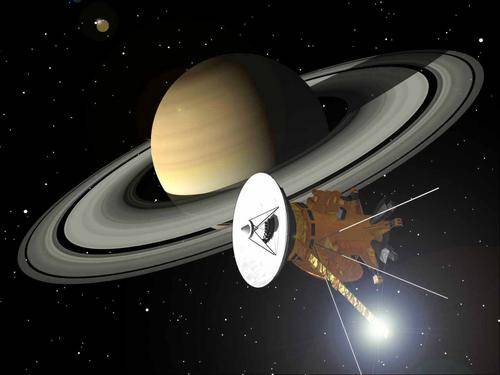
Figure 1. Artist’s impression of Cassini-Huygens at Saturn
As a destination, Saturn together with its system of rings and moons provides an unbelievably diverse combination of alien environments and amazing phenomena; observations and discoveries of the planet itself made possible thus far include:
- Intense auroral displays encircling the south pole
- The fastest winds measured on any of the planets of our Solar System
- Lightning storms a thousand times more intense than those on Earth
- “Moon-sized” cyclonic storm systems churning through the atmosphere
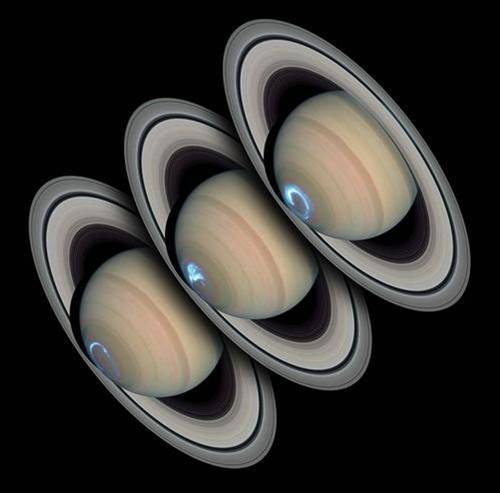
Figure 2. Hubble images aurora in Saturn’s southern hemisphere
The close examination of the ring system by Cassini revealed previously unknown characteristics:
- Density and bending wave disturbances in the particles comprising the rings, thought to be driven by the gravitational influence of major moons orbiting outside of the ring system as well as the smaller shepherding satellites orbiting within the ring system itself
- Small moonlets orbiting within in the ring system that maintain the gaps relatively free of material
- A new, previously-unknown class of football field-sized moonlets within the rings that may exceed 10 million in number
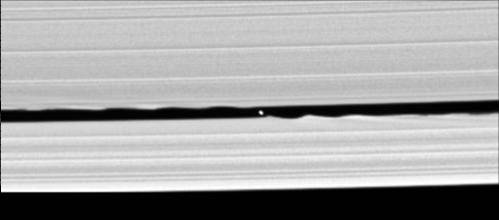
Figure 3. Cassini images the waves created by the 4-mile wide moon Daphnis orbiting within the Keeler Gap of Saturn’s rings
The amazing moons, totaling 47 thus far, have presented varied surfaces and environments to Cassini’s instruments; some incredible discoveries and observations include:
- The heavily-cratered surface of Mimas with its giant crater, Herschel, showing the ancient scar of a massive impact; the crater’s diameter is 1/3 the diameter of the moon itself!
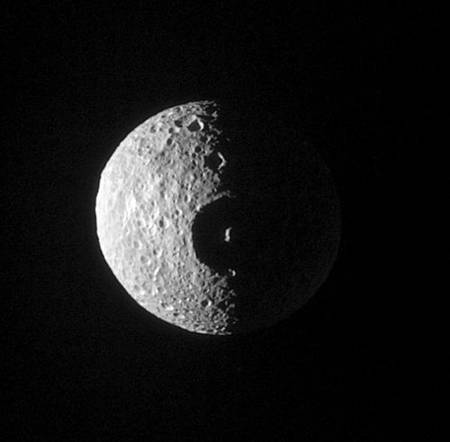
Figure 4. Cassini images Mimas with its large crater Herschel
- The highly-reflective ice surface of Enceladus – reflecting nearly 100% of the incident light back into space; Earth’s moon by comparison reflects only about 10% of the incident light
- Ice geysers erupting from the south polar region of Enceladus, spewing water ice hundreds of miles above its surface

Figure 5. Cassini images Enceladus with water-ice geysers erupting
- A closer look at mysterious Iapetus with its two-toned surface – the leading hemisphere is as dark as asphalt, while the trailing hemisphere is as bright as freshly-fallen snow
- An 8-mile high ridge running for hundreds of miles along the geographic equator of Iapetus – what processes could have caused its formation?
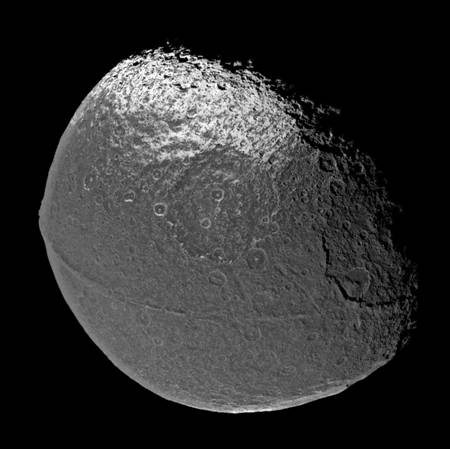
Figure 6. Cassini images Iapetus with the ‘bellyband’ extending along the moon’s equator
- Intriguing Hyperion, shaped more like a giant hockey puck than a sphere, is mostly comprised of empty space, exhibiting characteristics more reminiscent of a cometary nucleus than a traditional moon
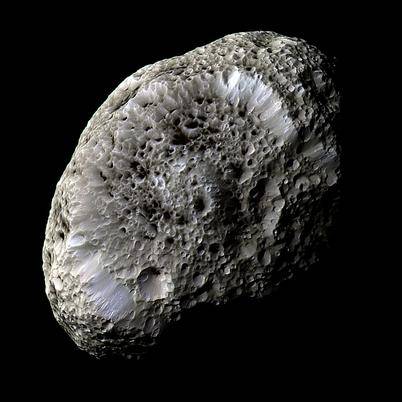
Figure 7. Cassini images Hyperion, only 223 miles in its greatest dimension
And Phoebe – the most distant of the moons, so different in composition and density than the other moons in the Saturnian system, is thought to be more akin to Pluto and other Kuiper Belt Objects than the other moons orbiting Saturn.
Titan, the most mysterious and intriguing place of all has been a principle focus of the mission. This “moon” of Saturn is larger than the planet Mercury and has an extensive atmosphere – more dense than that of Earth. Its atmosphere, opaque in visible wavelengths, frustrated earlier missions in their attempts to observe the surface. But Cassini-Huygens, the most heavily-instrumented spacecraft ever sent to another planet has enabled the first close-up examination of this strange world, showing scientists a place possessing eerie similarities to processes, landscapes, and characteristics of Earth, including:
- A dense nitrogen-rich atmosphere – extremely rare for a planet, let alone a moon!
- Clouds blown about by strong 250-mile-per-hour winds from which scientists believe liquid methane rains down upon the surface
- Highlands, river channels, methane springs, and what appear to be lakes of liquid methane or ethane imaged in the northern polar region
- And surface rocks composed of water ice that are “rock-solid” at Titan’s incredibly frigid surface temperature of -290 degrees Fahrenheit
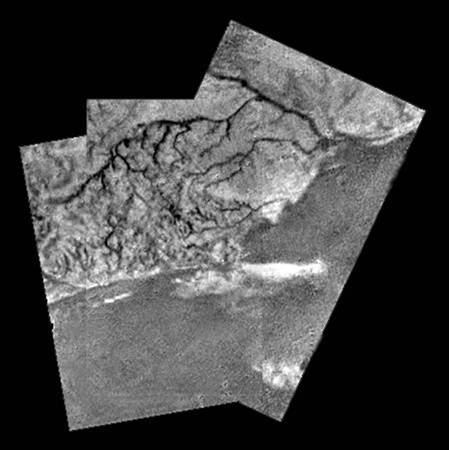
Figure 8. Image of Titan’s surface as captured by the Huygens probe while descending to the surface
The mission has produced an awe-inspiring series of discoveries. As the mission continues, one can’t help but wonder what fascinating discoveries lay ahead. To me, this mission is an exceptional example of a very positive characteristic of humanity – the quest for knowledge purely for the sake of understanding that which was once unknown, and in so doing, enhancing our understanding of our own place in the universe. Cassini-Huygens has transformed distant points of light from merely “names ”, into real places — real worlds just waiting to be investigated further.
